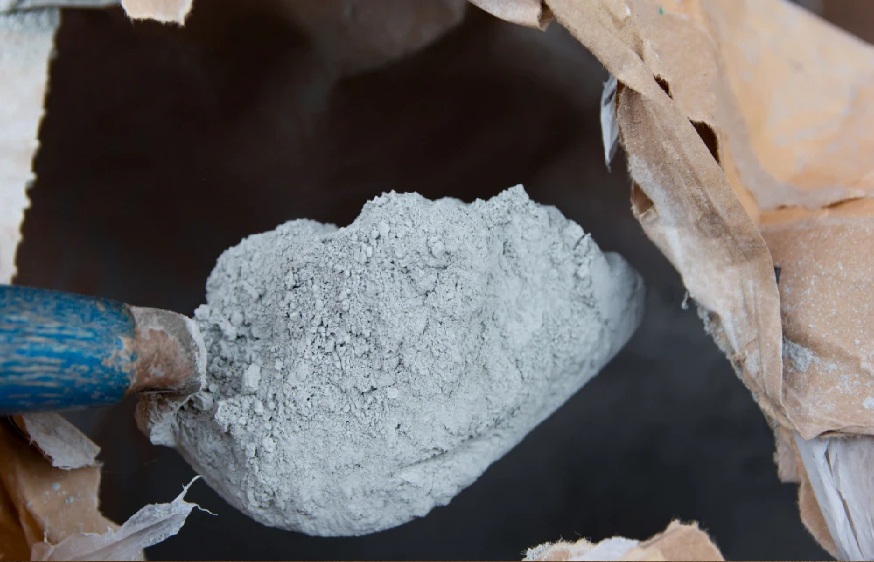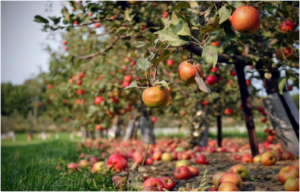When it comes to construction, OPC cement (Ordinary Portland Cement) is one of the most widely used materials due to its strength and versatility. However, understanding the different types of OPC cement grades is crucial for builders and contractors to ensure the right cement is used for the right project. OPC cement comes in various grades, each offering different levels of strength and performance. In this article, we will explore the various grades of OPC cement, their uses, and why choosing the right grade is important for the success of your project.
What are the Different Grades of OPC Cement?
OPC cement comes in three main grades: OPC 33 grade, OPC 43 grade, and OPC 53 grade. Each grade has different density of cement, compressive strength, and suitability for various construction purposes.
1. OPC 33 Grade
OPC 33 grade is the lowest strength grade of OPC cement. It is primarily used for non-structural works, such as:
- Paving works
- Footpaths
- Masonry and plastering
OPC 33 grade is an affordable option for light, non-load-bearing structures. While it may not be suitable for heavy-duty projects, it is a cost-effective option for simpler applications where strength is not the primary concern.
2. OPC 43 Grade
OPC 43 grade is the most commonly used OPC cement for medium-strength construction. It provides a good balance of cost and strength, making it ideal for general-purpose construction, such as:
- Residential buildings
- Small commercial buildings
- Precast concrete components like blocks and tiles
This grade of OPC cement is ideal for most construction projects, as it provides adequate strength for a variety of applications without being too expensive.
3. OPC 53 Grade
OPC 53 grade is the highest strength grade of OPC cement. It is used in high-performance applications where strength and durability are essential, such as:
- High-rise buildings
- Bridges
- Large infrastructure projects like dams and highways
Due to its superior strength, OPC 53 grade is more expensive than the lower grades, but it offers exceptional durability and load-bearing capacity, making it perfect for projects that require concrete with higher strength.
Why is Understanding the Right Grade of OPC Cement Important?
Choosing the right grade of OPC cement can make or break your construction project. Using the wrong grade can lead to structural problems, increased costs, and delays in the project timeline. Here’s why understanding the different types of OPC cement is crucial:
- Strength Requirements: Different grades of OPC cement have different compressive strength properties. For example, OPC 33 grade may be sufficient for residential buildings, while high-rise buildings or infrastructure projects may require OPC 53 grade for added strength.
- Cost-Efficiency: Using a higher-grade cement than required can increase the overall construction cost. On the other hand, using a lower-grade cement can compromise the structural integrity of the building, leading to costly repairs or even project failure.
- Material Composition: Each grade of OPC cement has a different cement composition, which determines its performance and suitability for various construction applications. Understanding this composition helps builders make the right material choice for each project.
The Role of Portland Pozzolana Cement (PPC)
While OPC cement is widely used, Portland Pozzolana Cement (PPC) is another option that has gained popularity for its eco-friendly and durable properties. PPC cement is made by blending ordinary Portland cement with pozzolanic materials such as fly ash or volcanic ash. These materials enhance the durability and workability of concrete while reducing the environmental impact of cement production. PPC cement is ideal for projects exposed to harsh weather conditions and for structures where long-term durability is required.
Final Thoughts
Understanding the various types of OPC cement grades and their specific uses is essential for builders and contractors. By selecting the right grade of OPC cement, you can ensure that your construction projects meet the required strength and durability standards while also optimizing costs. Whether it’s OPC 33 grade for general use, OPC 43 grade for residential buildings, or OPC 53 grade for large infrastructure, knowing the differences will ensure the success of your construction efforts.



